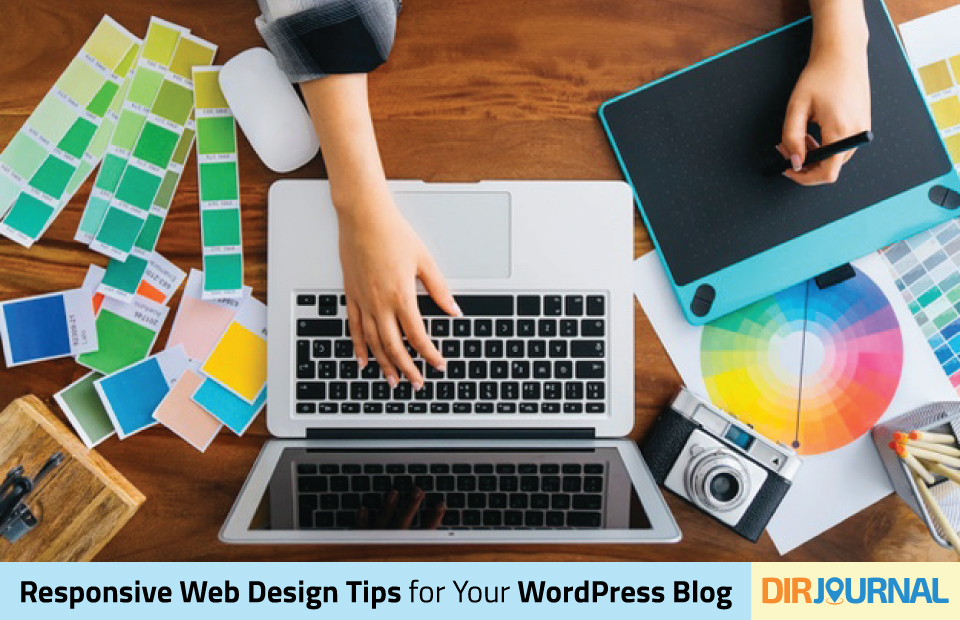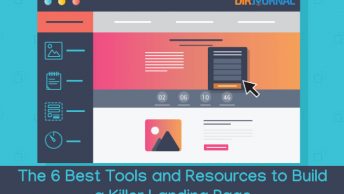Responsive design refers to the web pages that look good on any screen, no matter how your visitors access your site. Whether they’re browsing on their fifteen-inch laptop or a six-inch smartphone, your content displays correctly.
Fortunately for WordPress users, technical skills aren’t necessary to create responsive blog pages. Stick with me for a walk through responsive web design for WordPress blogs to make sure your people-pleasing blog plays well on all devices.
Does My Blog Need Responsive Pages?
The rise of smartphones and tablets usage called for more attention for web developers on making sites look natural on much smaller screens. Responsive design is the process of doing just that. This approach to web design priorities renders pages to appear well on various devices and screen sizes.
Creating a responsive blog involves adapting your content and scaling your images to fit within any device screen dimensions. It means anyone, on any device, can have the same experience enjoying your blog to its full potential. Even if you take advantage of optimized WordPress hosting for your blog, responsive design is critical for maximum performance.
With a responsive blog, your visitors won’t need to zoom in, pan-out, or scroll unnecessarily, as is the way when there’s an unresponsive site to navigate.
If your website looks great on a large screen but loses appeal on your smartphone, your website isn’t responsive, and you need to follow these tips to fix that:
Add a Mobile-Friendly Theme for an Instant UX Boost
If your theme is not responsive, find one that is and update your site. It’s the simplest way to make your blog pages mobile-friendly.
Consider the size difference between your PC screen and your mobile phone screen. Unresponsive pages aren’t instructed to process the information in a neater format. Instead, you get a crude attempt to run a roomy landscape web page through a miniscule horizontal screen. Who would stick around for that? Noone, that’s why all WordPress themes are responsive these days.
When you add a responsive theme, don’t expect it to look the same on your mobile phone as on your desktop. Instead, your content, images, and navigation are scaled proportionately to fit mobile devices.
Visible Site Search Helps Visitors Find What They Want
To further engage your visitors, add a search feature, yes, really. Google and Answer lab researched “What Makes a Good Mobile Site?” and found that a Site Search is one of the most important mobile-friendly site elements. Their advice? Don’t hide the search box in a menu. Make it visible to help users find what they want in a hurry.
A great example of site search in practice is on Photography Blog. Their search function features on mobile devices in plain sight, with a concise description of what the user can find.
Concise Content is Readable on Any Device
Less is more when it comes to creating mobile-friendly content. Many content marketers have a mobile-first content strategy. To create a memorable experience for your mobile readers, keep your content as concise as you can, everywhere — that includes headings, paragraphs, and navigation menus.
For tips on how to create mobile-friendly content, content marketing whizz Neil Patel is your man. Be warned. This post doesn’t miss a detail from wordy phrase substitutes to understanding how people read on a mobile device; it’s all here.
Online Tools Check Your Blog’s Responsiveness
Once you’ve worked through the steps to optimize your blog, check your efforts with an online responsivity testing tool. For example, run your URL through Am I Responsive for a preview of how your blog fits on various devices, as shown in the rendering below.
Google’s Mobile-Friendly Test goes one step further. Enter your URL and Google gets to work scanning your page. In under a minute, you’re given a mobile-friendliness score and a list of any usability weaknesses and errors your mobile visitors face and helpful tips to fix them.
Now’s the Time for Responsive Design!
Responsive design is a no brainer; without it, your visitors won’t get the first-class experience deserving of your blog, and won’t hesitate to jump to a mobile-friendly alternative.
Fortunately for us, WordPress is geared towards responsive design. You’re unlikely to find a theme within the last decade that hasn’t been optimized in some way. And, as we’ve covered, it takes a small amount of effort to scale your media and modify your content to keep people engaged on your blog.








Anytime I come across a non-responsive site, it feels like something’s wrong. Sometimes it can be a big, well-known site, too.